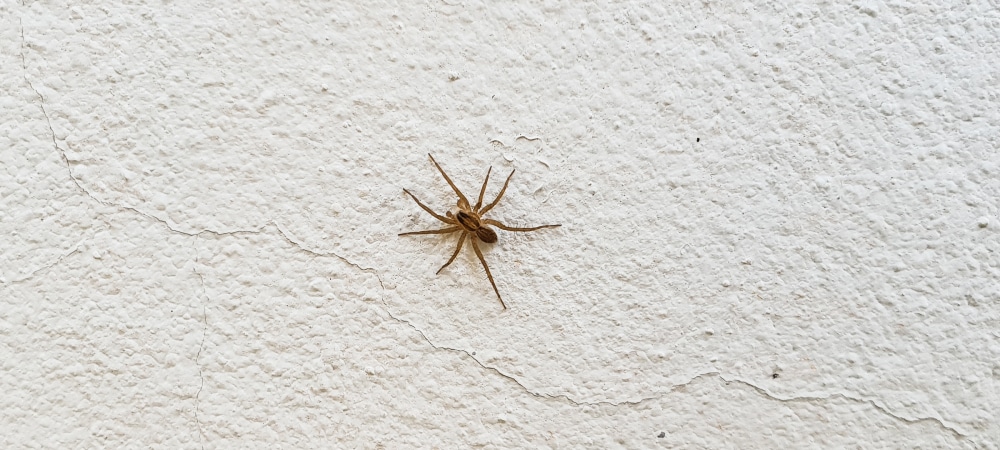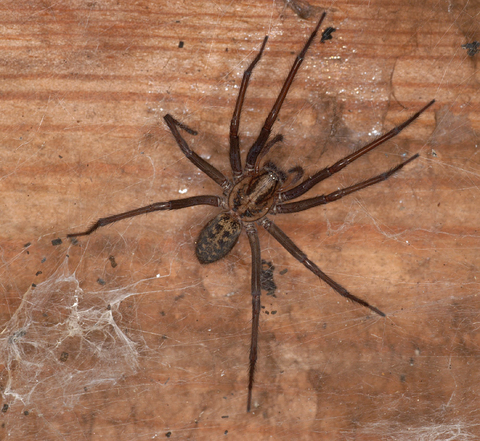House Spider: Understanding and Coexisting with Our Eight-Legged Roommates

House spiders are among the most common arachnids found in homes around the world. While their presence may startle some, these small creatures play an essential role in our ecosystems by helping to control other pests. In this article, we'll delve into the world of house spiders, understanding their characteristics, habits, and how to peacefully coexist with these uninvited but beneficial roommates.

1. The World of House Spiders:
House spiders belong to the arachnid family and are known for their distinctive eight legs. They come in various species and sizes, but the most common ones are relatively small, with bodies ranging from a few millimeters to about a centimeter in length.
2. Characteristics of House Spiders:
-
Physical Features: House spiders typically have light-colored bodies with patterns that can vary between species. Their legs may be long and slender, and their size can vary depending on their age and species.
-
Behavior: House spiders are known for building intricate, tangled webs in corners, crevices, and other secluded areas. These webs are used to catch prey, including insects that may be considered pests in your home.
3. Benefits of House Spiders:
-
Natural Pest Control: One of the most significant advantages of having house spiders around is their role as natural pest controllers. They help keep populations of unwanted insects like flies, mosquitoes, and ants in check.
-
Non-Venomous: The vast majority of house spiders are harmless to humans and pets. They do not pose a significant threat and are not aggressive unless provoked.
4. Coexisting with House Spiders:
-
Preventative Measures: To minimize the presence of house spiders in your home, keep it clean and well-maintained. Regularly dust and vacuum, and seal any cracks or gaps in doors and windows to prevent their entry.
-
Web Removal: If you prefer a spider-free environment, gently remove any webs you find in your home. This will encourage the spiders to relocate elsewhere.
-
No Chemicals Needed: Avoid using pesticides or chemicals to eliminate house spiders, as these can have adverse effects on the environment and other beneficial insects.

5. Dealing with Larger Species:
While most house spiders are harmless, some larger species may cause concern. If you're uncertain about a spider's identity and believe it might be potentially harmful, consider contacting a pest control professional for identification and guidance.
6. Educate and Appreciate:
By understanding the role of house spiders and their benefits, you can develop a greater appreciation for these tiny creatures. Educate yourself and your family about the advantages of having them around, and you may find that they are not as unwelcome as you once thought.
House spiders are more than just unwelcome guests; they are nature's pest controllers. By learning about their characteristics, understanding their benefits, and coexisting peacefully with them, we can strike a balance between sharing our living spaces and maintaining a healthy, pest-free environment. Remember, the vast majority of house spiders pose no threat to humans and can even be considered allies in the ongoing battle against household pests. So, the next time you encounter a house spider, take a moment to appreciate its role in nature's delicate ecosystem and consider letting it continue its important work in your home.

